Stellantis Submits Odor Mitigation Plan For DACM To Michigan Air Quality Agency!
New Grand Cherokee Plant Tries To Fix Violation For Odors...
Back in September, the State of Michigan filed a violation notice against Stellantis’ brand-new Detroit Assembly Complex – Mack facility (DACM) on the eastside of Detroit. The Mack facility was a $1.6 billion investment from Stellantis to convert two of its smaller engine plants into a state-of-the-art assembly facility for the company’s all-new fifth-generation Jeep® Grand Cherokee (WL). The new assembly complex was part of a $4.5 billion investment that impacted five existing facilities in Michigan and aimed at creating 6,500 new jobs for the area.
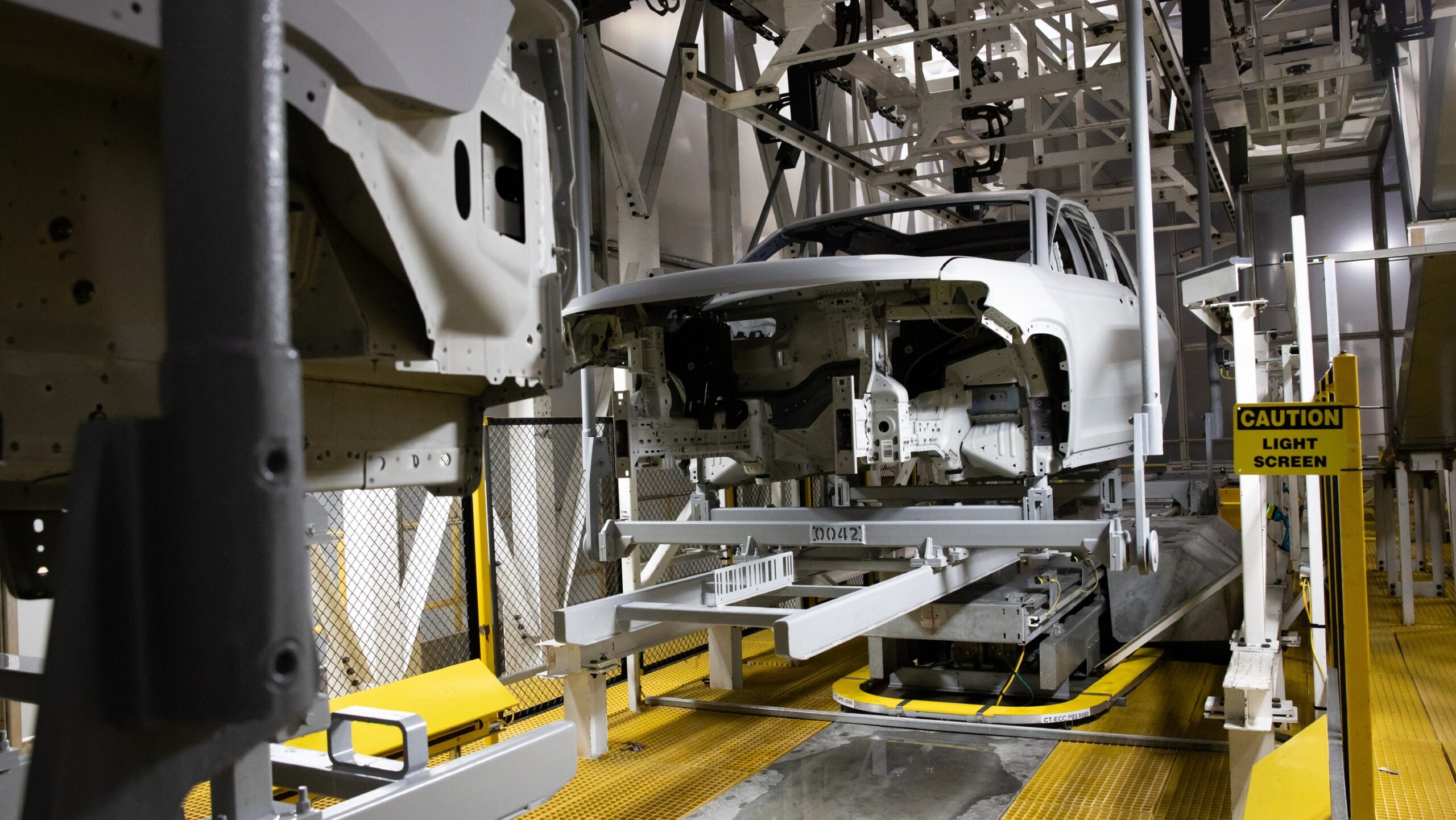
Following a thorough and comprehensive investigation, analysis, and modeling of potential odors emanating from the DACM facility, Stellantis has submitted a detailed report on its findings and an action plan for odor mitigation to the Air Quality Division (AQD) of the Michigan Department of Environment, Great Lakes, and Energy (EGLE). The investigation was initiated in response to concerns raised in the community beginning in August.

Stellantis retained the services of an environmental engineering company with odor investigation expertise to conduct source sampling. Over a period of 13 days in October and November, 152 odor samples were collected from 42 different potential sources in and around the facility for analysis.
Using those results, a second third-party specialty engineering firm completed dispersion modeling, used to predict the potential odor impact from specific sources at the facility, and evaluated the effectiveness of proposed mitigation strategies.
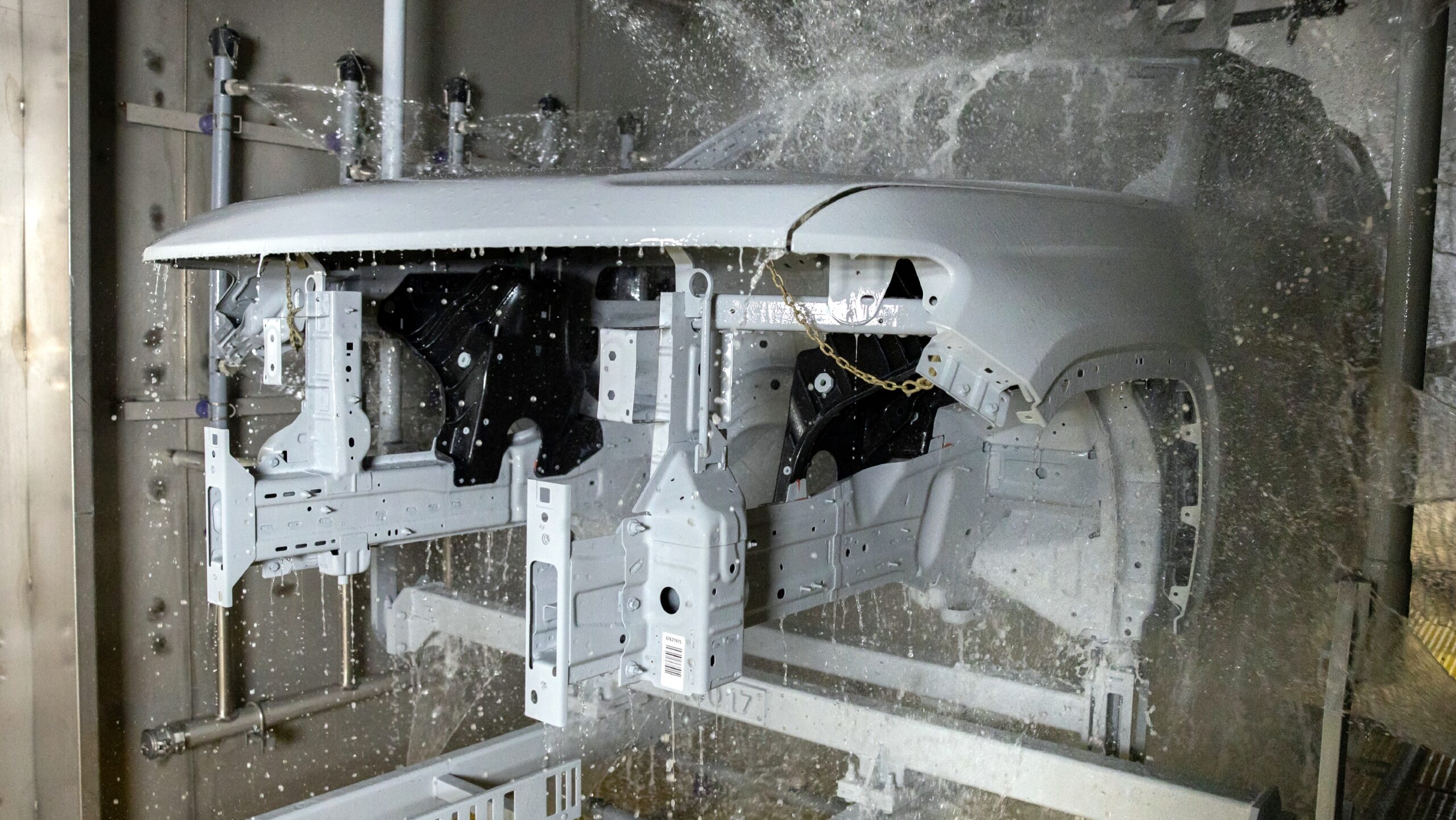
The modeling results identified a number of corrective actions that, once implemented, will ensure that odors do not reach the neighboring community. The odor mitigation plan includes implementation of the following initiatives in specific areas of the paint shop:
- Routing ducting to the existing emissions control system as required in the air permit was completed on Dec. 19, ahead of schedule. Odors generated from the volatile organic compounds (VOCs) in the exhaust will now be reduced by thermal oxidation in the emission control system
- Installing a completely new and dedicated regenerative thermal oxidizer (RTO) and ducting. The exhaust from two existing stacks will be routed to this new system to destroy odor contributing compounds
- Routing the clean air exhaust from the existing concentrator to the stack of the new RTO to improve dispersion through increased velocity and height. The concentrator removes VOCs and “concentrates” them into smaller volumes so the RTO can destroy them more efficiently
- Using odor-reducing technologies as needed in specific areas that have been identified as minor odor contributing sources
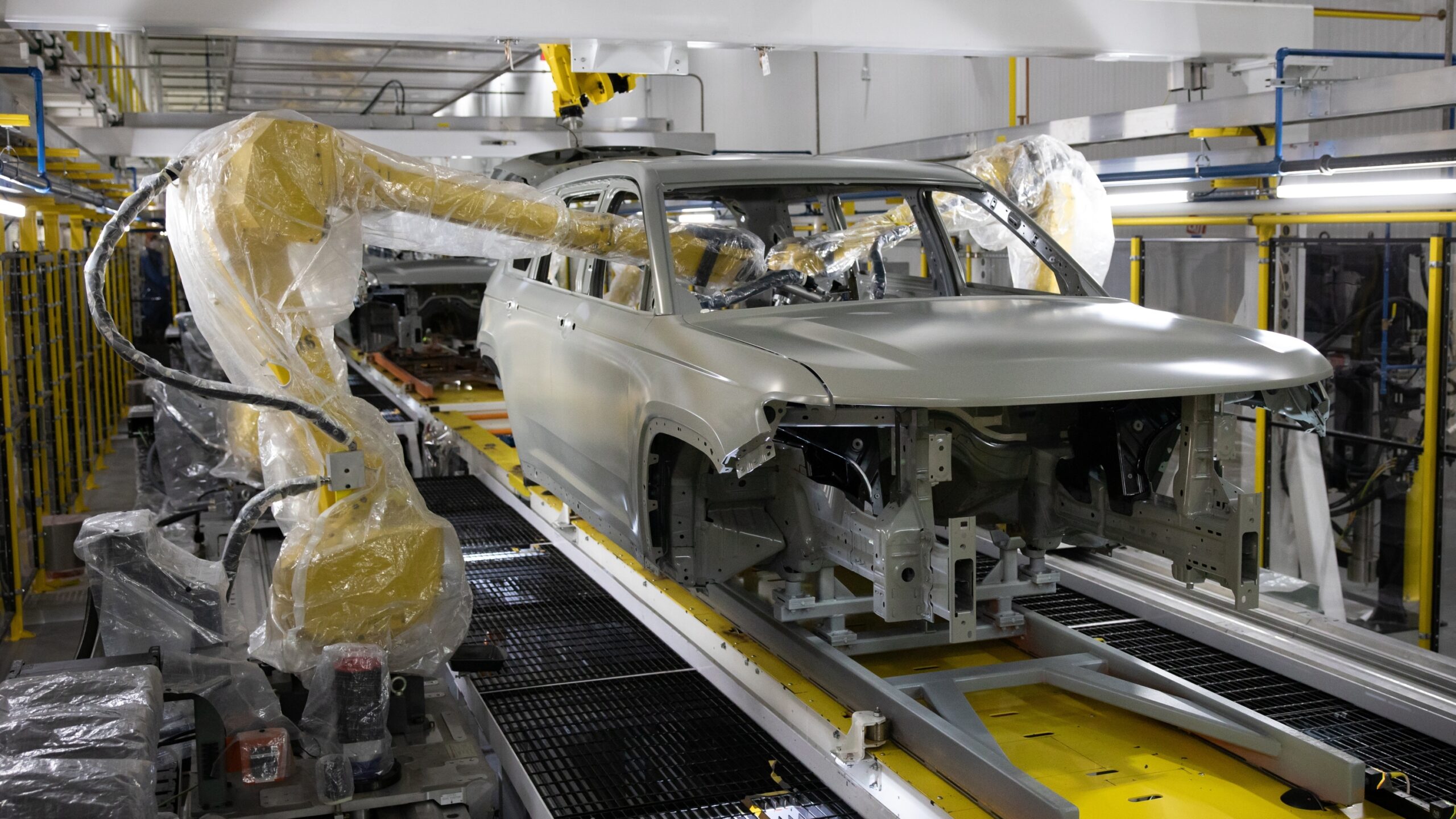
Stellantis is proceeding with the engineering and procurement necessary to complete these corrective actions, including the specification of long-lead items like the RTO. A timeline for completion of these activities will depend, in part, on the outcome of discussions with EGLE regarding permitting requirements and deadlines imposed through the enforcement process.
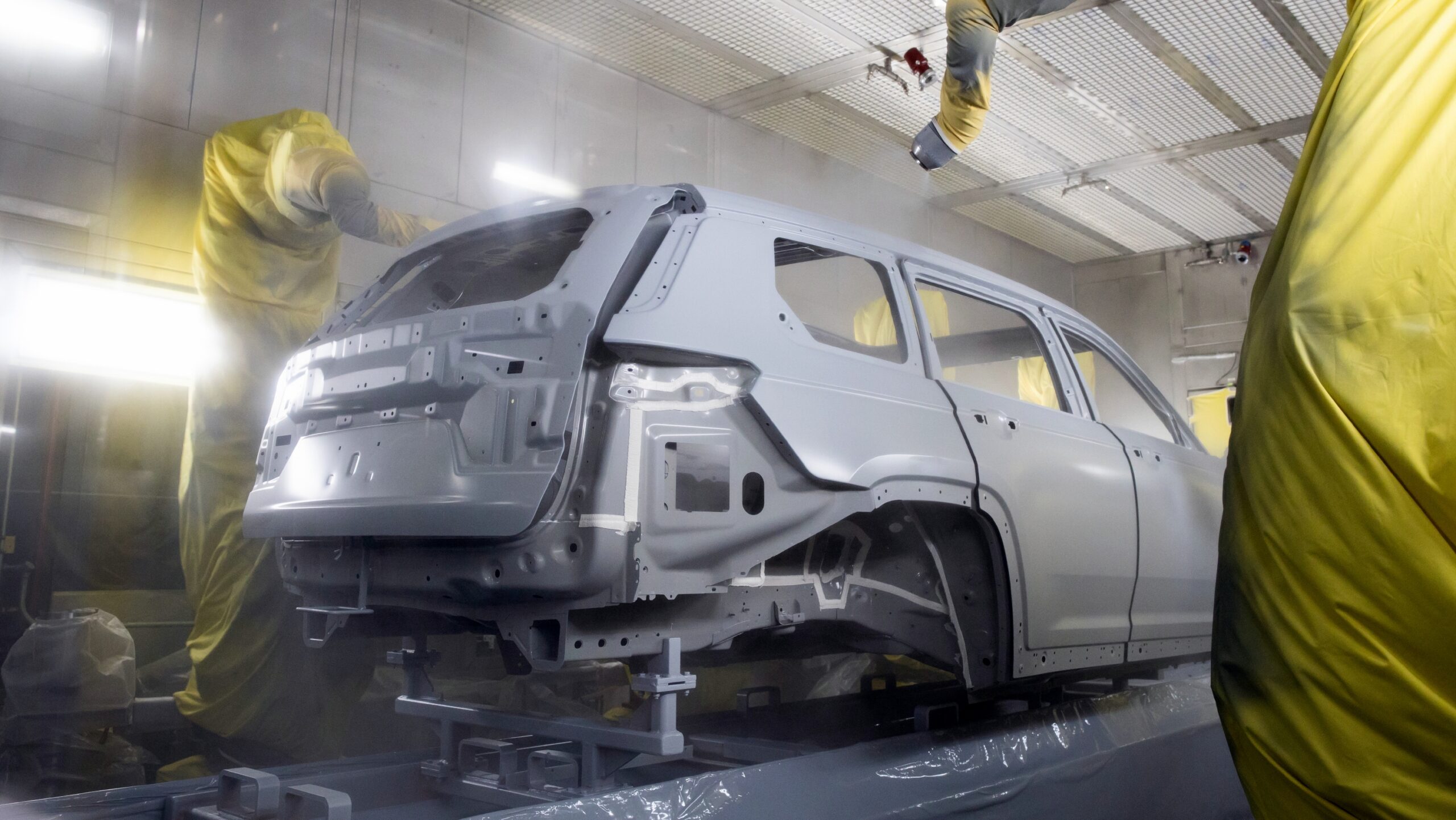
As the company works to address odor concerns, air quality monitoring is ongoing; however, sampling performed by both Stellantis and the U.S. Environmental Protection Agency in 2021 shows that the odors reaching the community do not present a health risk to area residents.
Source: Stellantis




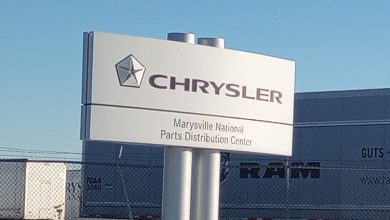

1 reply
Loading new replies...
Join the full discussion at the Mopar Insiders Forum →